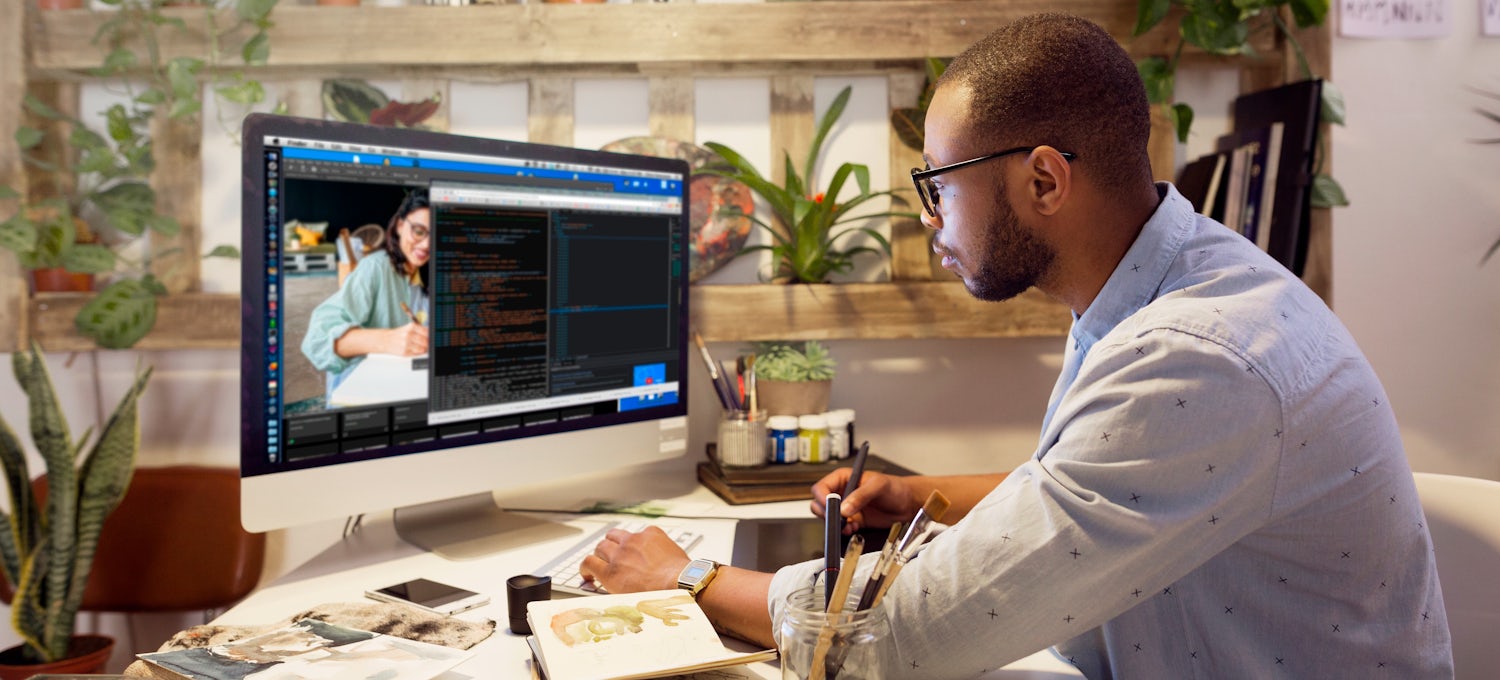Las Vegas SEO for Businesses Looking to Dominate Search Engine Results
Las Vegas SEO for Businesses Looking to Dominate Search Engine Results
Blog Article
Innovative Internet Design Solutions for Modern and Engaging Sites
In the realm of web layout, the quest of modern and interesting services has come to be significantly important for businesses intending to capture user interest. By incorporating vibrant shade schemes, interactive components, and responsive formats, designers can create experiences that not only reverberate with individuals yet additionally improve brand identification.
Accepting Strong Color Design
In website design, the critical use vibrant color design can significantly enhance customer interaction and brand name identification. By employing vivid colors, designers can create aesthetically striking internet sites that catch focus and foster a memorable experience. An appropriate color palette not only shows a business's worths but additionally evokes particular emotions that can influence individual habits.
Vibrant shades can be used to assist individuals' focus to crucial elements such as calls to activity, boosting conversion rates. As an example, making use of contrasting colors for switches and web links can make these components stand out, prompting customers to interact quicker. A natural shade system throughout the website strengthens brand acknowledgment, creating a feeling of experience and depend on among site visitors.
However, it is vital to stabilize bold colors with ample white room to prevent frustrating customers. Efficient use of typography also complements vibrant shades, making sure readability while keeping aesthetic appeal. Inevitably, accepting vibrant color pattern in website design not only raises aesthetic top quality yet likewise plays an important duty in achieving critical organization goals, making it a crucial factor to consider for modern-day web development.

Using Interactive Elements
Interactive components are crucial in modern-day website design, as they dramatically improve customer involvement and create an extra vibrant browsing experience. By integrating functions such as computer animations, float impacts, and clickable components, web sites can motivate users to check out web content better and return for future brows through.

Micro-interactions, such as refined animations when a button is clicked or a kind is submitted, can additionally improve the customer experience by giving immediate responses. These tiny details can make the internet site really feel more receptive and to life, promoting a feeling of link between individuals and the website.
Additionally, gamification elements, such as benefits for completing particular actions, can encourage individuals to engage with the material extra deeply. By thoughtfully integrating these interactive parts, web developers can produce a remarkable and appealing online experience that reverberates with individuals and urges them to return.
Applying Responsive Design
Executing receptive design is critical in today's multi-device landscape, ensuring that sites provide an optimal viewing experience across different display dimensions. As customers significantly access the from this source internet with smartphones, tablet computers, and desktop computers, a one-size-fits-all technique is no more viable. Receptive design enables seamless navigating and communication, adjusting layout and content to fit the device being made use of.
Secret concepts of receptive layout consist of fluid grids, flexible images, and media questions. Media questions promote the application of various designs based on the device's features, such as width, elevation, or resolution, allowing designers to customize the individual experience successfully.
Moreover, responsive layout boosts search engine optimization performance, as online search engine favor mobile-friendly sites. By carrying out responsive layout, businesses not only enhance individual complete satisfaction and engagement yet also boost their reach in a competitive digital landscape. As modern technology remains to develop, taking on responsive style has come to be an essential method for any type of contemporary and interesting internet site.
Incorporating Multimedia Content
Multimedia content plays an important function in producing engaging and vibrant internet experiences that record customers' interest and enhance understanding. By combining text, pictures, sound, and video clip, sites can supply a richer story that attract different discovering styles and preferences. This assimilation not just bolsters customer engagement but also aids in conveying complex concepts succinctly.
Including top notch photos and infographics can separate textual web content, making it extra absorbable. Video clip tutorials and presentations can offer thorough insights that fixed material might not totally communicate. Audio components, such as podcasts or background songs, can also boost the atmosphere of an internet site, developing an extra immersive experience.
Additionally, the tactical usage of multimedia can improve SEO efficiency, as search engines prefer varied material types, enhancing presence. However, internet it is essential to make certain that multimedia components do not hinder web page load times, as this can lead to user stress. By balancing multimedia assimilation with performance considerations, web designers can produce aesthetically appealing and useful internet sites that resonate with customers, fostering a deeper connection and motivating return visits.
Prioritizing Customer Experience

To accomplish an optimal user experience, designers must focus on numerous vital concepts. Clear phone calls to action, readable typography, and arranged content guide customers, lowering cognitive tons.
Additionally, including customer responses into the style procedure is indispensable. Normal screening with actual individuals helps recognize discomfort points and areas for renovation, enabling repetitive improvements. Eventually, focusing on UX not just raises user satisfaction however additionally drives interaction and conversion rates, making it a critical aspect of modern-day website design strategies. By putting individuals at the center of design efforts, internet sites can create lasting, favorable perceptions check it out that motivate return visits.
Verdict
In verdict, modern website design solutions that stress vibrant color design, interactive components, receptive style, and multimedia material dramatically improve individual engagement and fulfillment. Prioritizing customer experience through clear designs and constant responses even more adds to boosted conversion prices. By embracing these techniques, internet sites can successfully captivate visitors and strengthen brand name identity, eventually resulting in a much more dynamic and engaging online presence. The integration of these design principles is crucial for attaining modern web style objectives.
Report this page